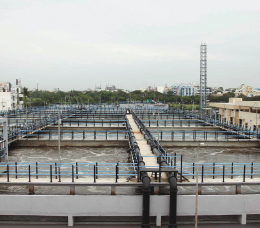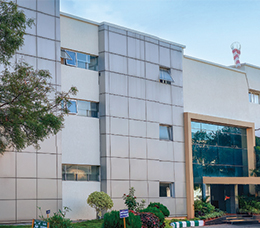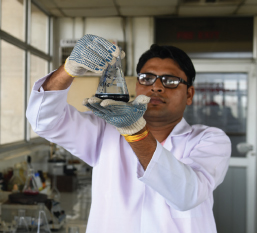BUSINESS PERFORMANCE
Triveni Engineering’s exceptional performance during FY 20 has to be read in the context of the macro industry scenario and the various developments cited above. The Company pursues a positive and proactive approach that is steered by its ability to harness new opportunities and expand its business outlook to effectively embrace the same.
Sugar Business Performance
Triveni operates seven sugar units spread across the state of Uttar Pradesh (U.P.). Most of the mills are located in Western and Central U.P., while one unit is located in Eastern U.P. The Company manufactures refined sugar, which constitutes over 40% of the total sugar production and fetches a premium over normal crystal sugar. The refined sugar is supplied to high grade end-users, including large institutional buyers, thereby creating a niche customer profile for Triveni. The Company also produces different grades of pharmaceutical sugar that can be customised as per the user requirements, and has, over the years, developed a large customer base for this product.
The seven sugar units strictly adhere to best-in-class manufacturing processes and quality benchmarks. The Company supplies sugar to major multinational soft drink companies, leading confectionery manufacturers, breweries, pharmaceutical companies, dairies and leading ice cream producers.
The Sugar business has performed well in FY 20, owing to continuous improvement in reducing the cost of production of sugar, backed by stability in sugar prices. Triveni’s focussed sugarcane development programme, with almost cent percent high yielding and high sugared variety sugarcane, helped the farmers achieve higher return from their farm while improving the Company’s profitability through improved recoveries of sugar. The 40% refined sugar production, coupled with the high grade pharmaceutical quality sugar produced by the Company, helps it secure higher realisation in comparison to its peers in the industry. Its right and proper mix of co-product capacities further helps the Company optimise its overall profitability. Over and above these factors, its strong balance sheet also contributes to the Company’s success in achieving consistent profitability from all its businesses.
The biggest challenge for the sugar industry, especially in Uttar Pradesh, has been to effectively manage its working capital, which has increased significantly due to higher production and limited despatches through monthly quota. The Company has also aggressively engaged in exports under the MAEQ scheme. It fully exported its allocated export quota of 1,79,183 tonnes in FY 20. Following the second announcement of the Government to reallocate export quota to mills that have contracted 95% of the existing quantity of their initial MAEQ, and have lifted 50% of their MAEQ for export, by March 31, 2020, the Company has received further tranches of quota, aggregating to 94,210 tonnes. A substantial quantity of this additional quota has been exported. Most of the exports have been through raw sugar manufactured by the Company. Additionally, the Company is producing B-heavy molasses at three of its sugar mills. Consequently, 33.7% ethanol has been produced from B-heavy molasses in the current year.
The Company achieved recovery of 11.54% during SS 2019-20, which is 25 basis points lower than the previous season. Diversion of sugar towards B-heavy molasses, was the major reason for decline in the recovery rate. On like-to-like basis, however, the recovery for SS 2019-20 is equivalent to 11.97% as against 11.79% in the previous season. Even though the Company crushed higher sugarcane of only 0.77 million tonnes as compared to the previous season, it produced approx. 70,000 tonnes more sugar in spite of diversion of B-heavy molasses from three of its facilities. The refined sugar production from the two units of Khatauli and Sabitgarh remained at 40% of the total sugar production, which will help Triveni achieve better overall average sugar realisation. The average domestic sugar price realisation for the Company was ₹33,184/tonne during the year as against ₹31,456/tonne in the previous year.
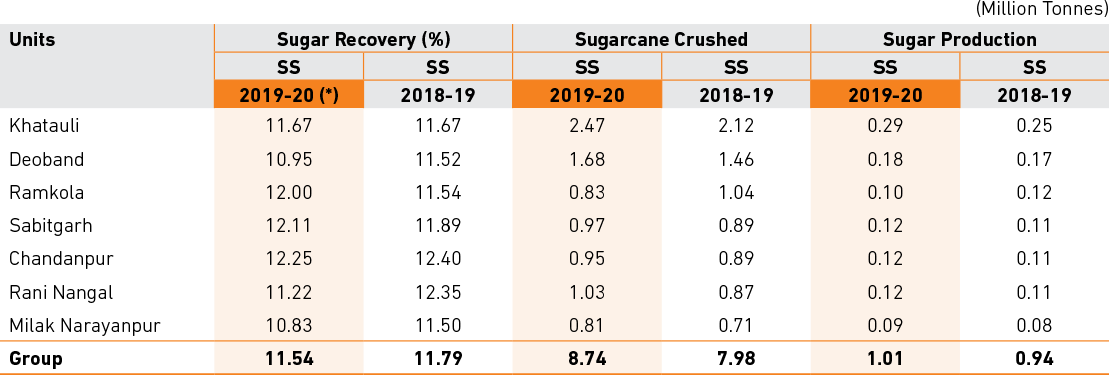
*For SS 19-20, on a like-to-like basis, the comparable recovery would have been 11.97%
The sugarcane crush in the current season has been also helped by extremely low diversion of sugarcane since the last week of March 2020 till conclusion of the season, as manufacturers of jaggery and alternate sweeteners stayed away due to COVID-19.
Chandanpur, Milak Narayanpur and Sabitgarh units operate incidental co-generation power plants and export the surplus power to the grid. Triveni generated power export revenue of ₹ 12.55 crore in FY 20 from these power plants.
Organic Growth through Triveni Sugarcane Development Programme
Triveni’s sugarcane development programme is a key propeller of its socially and financially inclusive growth strategy. The Company works and engages continuously with farmers to increase farm productivity through its well-planned Sugarcane Development Programme. This programme is carried out with rigour across all the seven sugar manufacturing units. Triveni’s efforts in providing high-yielding seeds and inducing better agronomic practices have positively impacted yields, earning the confidence of about 3,00,000 sugarcane growers.
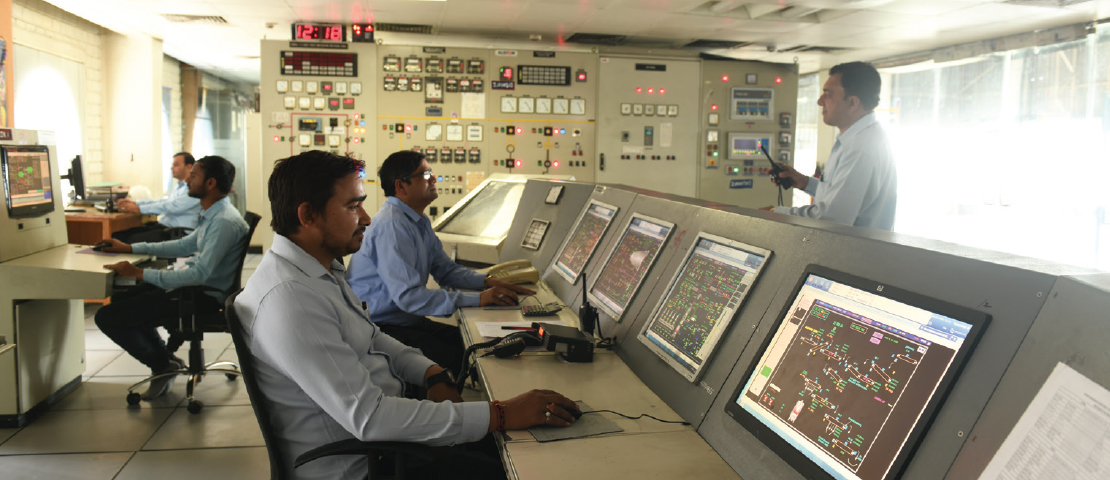
The Company has been working relentlessly with sugarcane growers, encouraging and incentivising them to adopt new technologies to promote efficiency and competitiveness.
The Company has been working relentlessly with sugarcane growers, encouraging and incentivising them to adopt new technologies to promote efficiency and competitiveness. The programme is also aimed at helping the Government in achieving the goal of doubling farmers’ income by 2022.
Triveni’s focus during the year remained on the following key activities:
- a) Increasing productivity considerably by using new technologies
- b) Better farm management practices, including soil testing and mapping
- c) Improving sugarcane yield with propagation and adoption of high sucrose varieties
- d) Better irrigation techniques, since sugarcane is a water-intensive crop; Improvement in productivity also provides opportunity to save a scarce resource like water
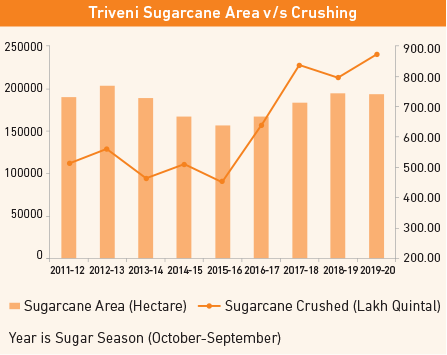
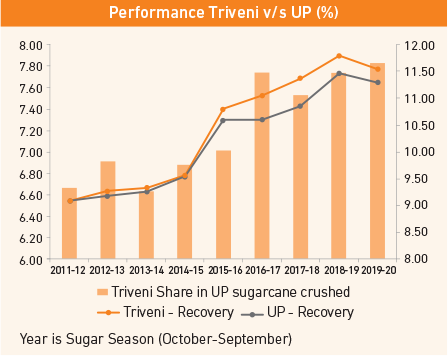
For SS 19-20, on a like-to-like basis, Triveni’s comparable recovery would have been 11.97%
Cumulatively, these continuous efforts have led to significant increase in sugarcane yields from the given area under sugarcane plantation, leading to increased sugarcane crushing. While the state of Uttar Pradesh showed a CAGR of 8.47% in sugarcane crushed in the past five seasons, the Company achieved a CAGR of 11.24% in sugarcane crushing during the same period, underlining the positive robustness of the Company’s strategic approach.
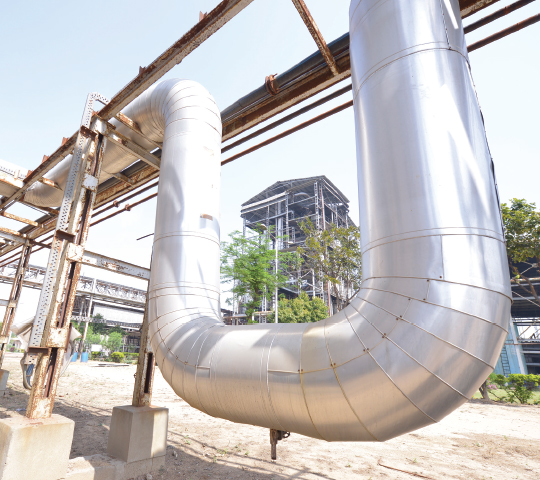
During the past few years, the Company’s sustained efforts have helped in increasing the varietal mix towards early and improved varieties of sugarcane, leading to significantly enhanced recoveries. Focus on plantation of high sugared/ high yielding early varieties, such as Co-0238, Co-0118, Co-98014, CoJ-85 and the improved CoJ-88 variety, has helped in transforming the varietal balance. Over the years, the Company has succeeded in shifting the farmers from planting rejected varieties of cane to high yielding high sucrose varieties, resulting in overall improvement in the quantity and quality of sugarcane crushing at all the Triveni facilities.
Besides varietal development, the Company is also working on yield enhancement activities, planting by trench method, 4-5 feet planting, single bud planting, planting by upper 1/3rd portion of sugarcane, such as green manuring, intercropping and deep ploughing.
Triveni’s extensive Soil Health Programme is focussed on regular monitoring of the soil fertility status. The programme promotes farm holding based soil sample collection and testing, with active participation of the farmers. Based on the soil test reports, recommendations with respect to nutrients and fertilisers required for individual farms are given to help farmers improve productivity through judicious use of high quality inputs.
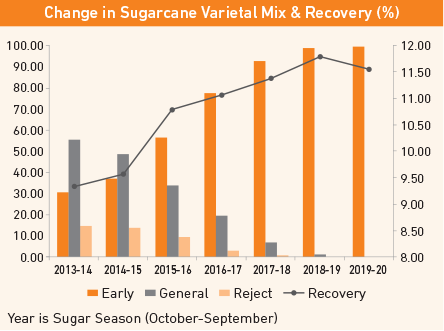
For SS 19-20, on a like-to-like basis, the comparable recovery would have been 11.97%
Triveni’s sugarcane development team works closely with farmers, right from seed preparation to plantation, plant protection - pest and disease control management and harvesting. As part of the programme, optimising the nutrient content in soil for farming operations is also undertaken. Farmers are being educated and persuaded about the benefits of these scientific methods through various channels, such as publicity, door-to-door contact, grower interactions, etc.
Going forward, the Company believes that the Sugar sector should explore potential applications of Artificial Intelligence (AI) in sugarcane production management, crop and soil health monitoring, predictive crop-analysis, and also in creating a smart and digital supply chain.
Impact of COVID-19
Even after the imposition of lockdown in the country from March 25, 2020 in the wake of the outbreak of COVID-19, sugar factories continued to operate at full capacity in view of sugar being an essential commodity. The Central and State Governments worked closely together to address the initial supply chain challenges in this period. The sugarcane crush and sugar production for the current season have ended in early June 2020, and there has been no loss of production. However, the lockdown period did affect sugar consumption due to reduced institutional demand, resulting from closure of factories requiring sugar in their products (beverages, confectioneries, sweet shops), closure of restaurants and eateries, hotels, restrictions on social gatherings etc. It is expected that this could cause sugar consumption for SS 2019-20 to decline by around 0.5 million tonnes.
The profitability of sugar mills in the country may be impacted in FY 21 due to reduction in industrial usage of sugar, lower demand for ethanol in the first quarter, and decline in exports in view of the ongoing COVID-19 crisis.
The exports programme for the Indian Sugar industry has also been impacted due to decline in international sugar prices by almost a quarter between January and April. The decline has been caused mainly because large supplier nations, including Brazil, are switching from ethanol to sugar due to lower global oil demand and low crude oil prices.
During SS 2019-20, states like Maharashtra and Karnataka faced some erratic agro-climatic conditions. While majority of the sugarcane areas faced drought whereas during the plantation period, in the growth stages, there were excess rains leading to floods. Parts of Southern Maharashtra and Northern Karnataka were completely submerged in water, which resulted in variation in crop estimates and led to fluctuations in the fundamental parameters driving domestic market. However, opening stocks and sugarcane production from Uttar Pradesh were enough to offset the odds. Considering active participation in the Government’s export campaign by the industry, SS 2019-20 is likely to close with a stock of at least 11.5 million tonnes–including the impact of lower consumption due to COVID-19 - which represents sugar consumption of around 5 months. This is a higher inventory level as against normalised level of 3 months.
Initial crop estimates of SS 2020-21 are indicating sugar production in the range of 31-32 million tonnes, with significant increase from Maharashtra and Karnataka. Water availability is comfortable in most of the reservoirs, which will lure farmers to roll back to their favourite and most remunerative crop i.e. sugarcane. Estimates indicate a rise in cultivation area in the range of 20-25%. The India Meteorological Department (IMD) also predicted a normal monsoon for 2020, in the range of 96-104% of normal. Also, in Uttar Pradesh, the spring planting has been satisfactory and it will pave the way for normal crop next season.
The net surplus of sugar (after exports) shall remain a major concern and there are only two options to liquidate the surplus stocks: maximisation of sugar exports and optimal diversion of B-heavy molasses and sugarcane juice/syrup for ethanol production. With lower international prices of raw sugar, despite recent depreciation of the Indian Rupee, more support from the Government will be required by way of higher export subsidy or increase in MSP in the domestic market. Improvement in ethanol prices will also result in enhanced production of B-heavy molasses for ethanol manufacturing.
Brazil, which had witnessed demand destruction of sugar and fall in ethanol prices, coupled with the COVID-19 impact, is projected by recent industry estimates to see a surge in sugar production to 41.5 million tonnes in 2020-21 from 31.0 million tonnes in 2019-20. Due to the collapse in both crude oil prices and the Brazilian currency earlier this year, sugar millers could be seen switching to sugar production again at the beginning of the new crush (45.3% sugar mix as of May 15 compared with 32.2% a year ago). Output in the North/Northeast region is expected to rise to 3.0 million tonnes, from 2.8 million tonnes last year.
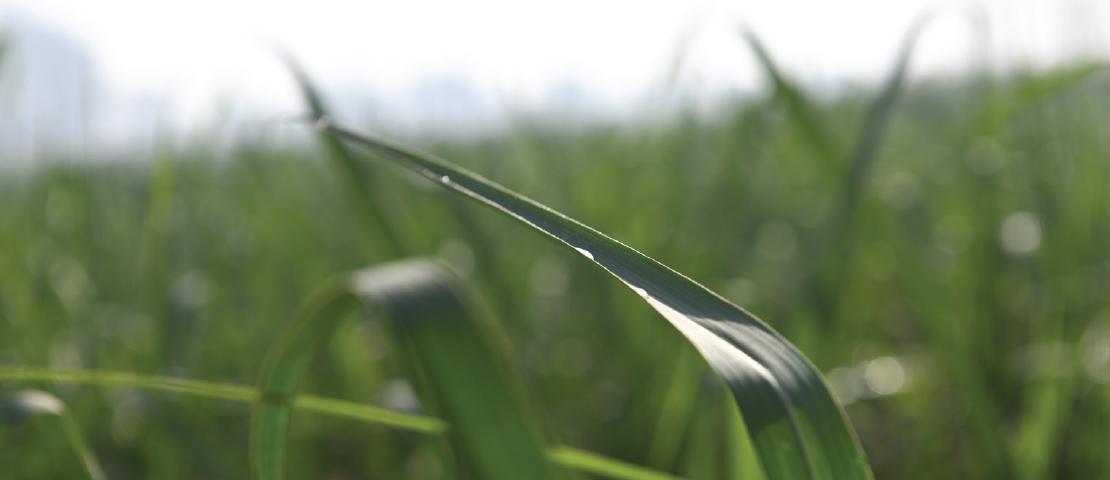
SS 2019-20 is likely to close with a stock of at least 11.5 million tonnes–including the impact of lower consumption due to COVID-19–which represents sugar consumption of around 5 months. This is a higher inventory level as against normalised level of 3 months.
In Thailand, sugar production in 2019-20 declined to 8.4 million tonnes from 14.7 million tonnes a year ago, due to the combination of a sharp drop in area under cultivation and very poor yields following drought. It is estimated that the sugarcane crush may decline further to 60-65 million tonnes in 2020-21, as the most severe drought in four decades prevented planting during a key period. However, there has been improved rainfall since March, so it is estimated that there would be only a modest drop in sugar production - to 8.0 million tonnes, with poor sugarcane prices at a time of rising prices for cassava - a key competitor for sugarcane cultivation - estimated to have driven more farmers to switch between crops.
As per recent estimates, global sugar production (including beet sugar) in 2020-21 may rise by 15.5 million tonnes to 187.9 million tonnes - a 3-year high, which would more than offset the previous year’s drop of 13.5 million tonnes. This will be the second highest output ever after the record crop of 201.9 million tonnes produced in 2017-18. With Brazil and India expected to produce much more sugar in the new season, world cane sugar production is seen rising by 16.5 million tonnes in the year, to 147.6 million tonnes.
2020 Triveni Engineering, All Rights Reserved
Design & Developed by RDX Digital Pvt. Ltd.



